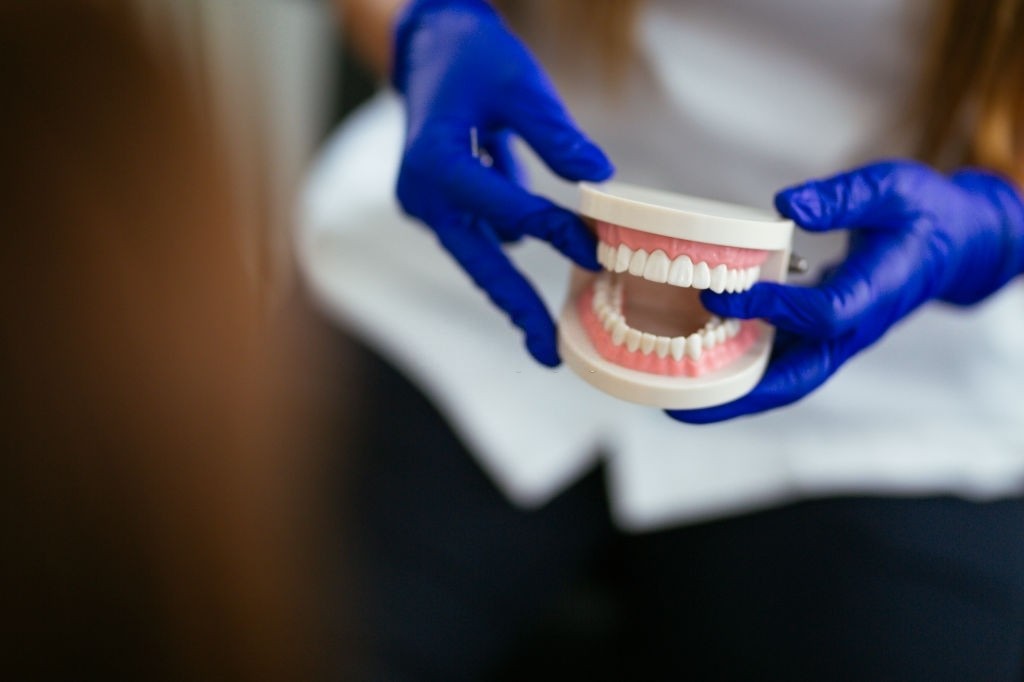Event News
What are the types of dental prosthesis available in Malaysia?

Dental prostheses are functional and aesthetic appliances which are part of dental technology. They are made of artificial materials and used to restore a bad, flawed tooth, or to replace one or more missing teeth. The branch of dentistry responsible for the restoration of the defective tooth is called Prosthodontics.
Prosthodontics deals with the diagnosing, treatment planning, rehabilitation, and maintenance of oral function, comfort, appearance, and health of patients with clinical conditions associated with missing or deficient teeth and/or maxillofacial tissues using biocompatible substitutes.
The goal of prosthodontics is to improve oral function (especially masticatory function) by the dental prosthesis providing efficient and appropriate contact between the teeth.
When you visit a dentist in Malaysia to have your teeth replaced, you have several options based on the pricing, complexity of the procedure, and your lifestyle. Based on these factors, you will be advised on which dental prosthesis is best suited for you.
Types of Dental Prosthesis Available in Malaysia
i) Removable dental prosthesis
The removable dental prosthesis comprises of complete removable dental prosthesis and partial removable prosthesis.
1. Complete removable dental prosthesis
Complete removal dental prosthesis is recommended when you no longer have any teeth. Popularly known as dentures, it replaces the natural dentition, and it can be removed daily for maintenance and before sleeping. Generally, removable prostheses are made from acrylic resin (plastic) or chrome metal. The dentures are made to imitate the natural teeth.
The main advantage of the removable dental prosthesis is that it is not expensive, and the intervention is done quickly.
Compared to the installation of a fixed dental prosthesis, the removable dental prosthesis does not require a healing phase and also does not stop or hinder chewing function.
However, it can sometimes be difficult tasking for a patient to adapt to the new dentures as it can move inside the mouth and requires the patient to remove and clean it after each meal.
2. Partial removable dental prosthesis
The partial removable dental prosthesis only replaces one or more teeth, unlike the complete removable dental prosthesis. It is made from acrylic resin (plastic) or chrome metal and held on to the teeth by metal hooks (clasps).
The denture is placed on the gum and hooked on to remaining teeth to hold it in place. Since it partly rests on the natural dentition and is hooked to other teeth, the partial removable dental prosthesis is more stable and less expensive.
With the hooks, it fits in perfectly with your remaining teeth. It has poor aesthetics as the metal hooks cannot be hidden, and having to remove after each meal for cleaning are the challenges you might experience with a partial removable dental prosthesis.

3. Installation of a removable prosthesis
The procedure for a partial removable dental prosthesis is relatively simple as the dentist only places the prosthesis by ensuring that the metal hooks are fixed on the abutment teeth.
He then adjusts it to adapt well to the jaw. For dentures, it will be put in the mouth first before the dentist makes adjustments to fit it properly. This process is generally longer than that of a partial denture.

ii) Fixed dental prosthesis
The fixed dental prosthesis is designed to replace missing teeth permanently. When the procedure is done, it is permanently attached to the patient’s mouth. It is not removed for cleaning or maintenance, unlike the removable prosthesis.
The advantages include greater comfort, better good grip, and better firmness. The types of fixed dentures include implants, bridges, crowns, and hybrid prostheses.
Installation of a fixed prosthesis
The installation of a fixed prosthesis is quite complex. The dentist starts with placing false stumps (or inlay cores) sealed at the root of your teeth. It is from this first support that the bridge or crown is fixed.
For comfort, while chewing, it is necessary to ensure that the occlusion process is successful (that is, to ensure that the upper and lower jaws are correctly aligned) before sealing it with dental cement.
In addition to the above options, dental implants and implant-retained prosthesis are gaining more attention as recent advances in dentistry.
Dental technology courses are also available in Malaysian universities for students who are interested in this field. For more information regarding dental technology courses, visit https://aimst.edu.my/
For more information, please feel free to get in touch with our friendly and helpful counsellors.
Ms. Yaya
Mobile: +6012-497 3060
Email: nurbaya@aimst.edu.my

